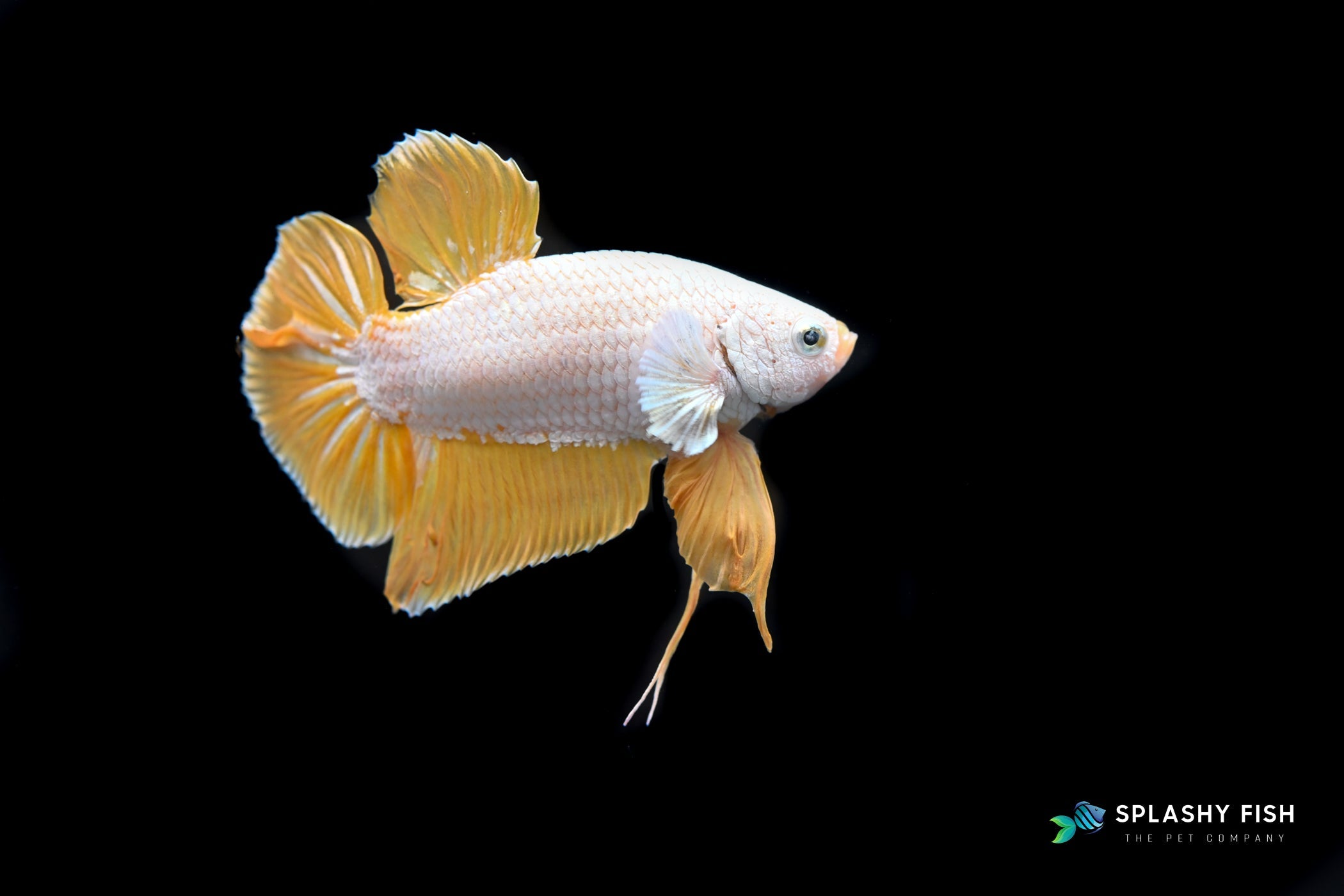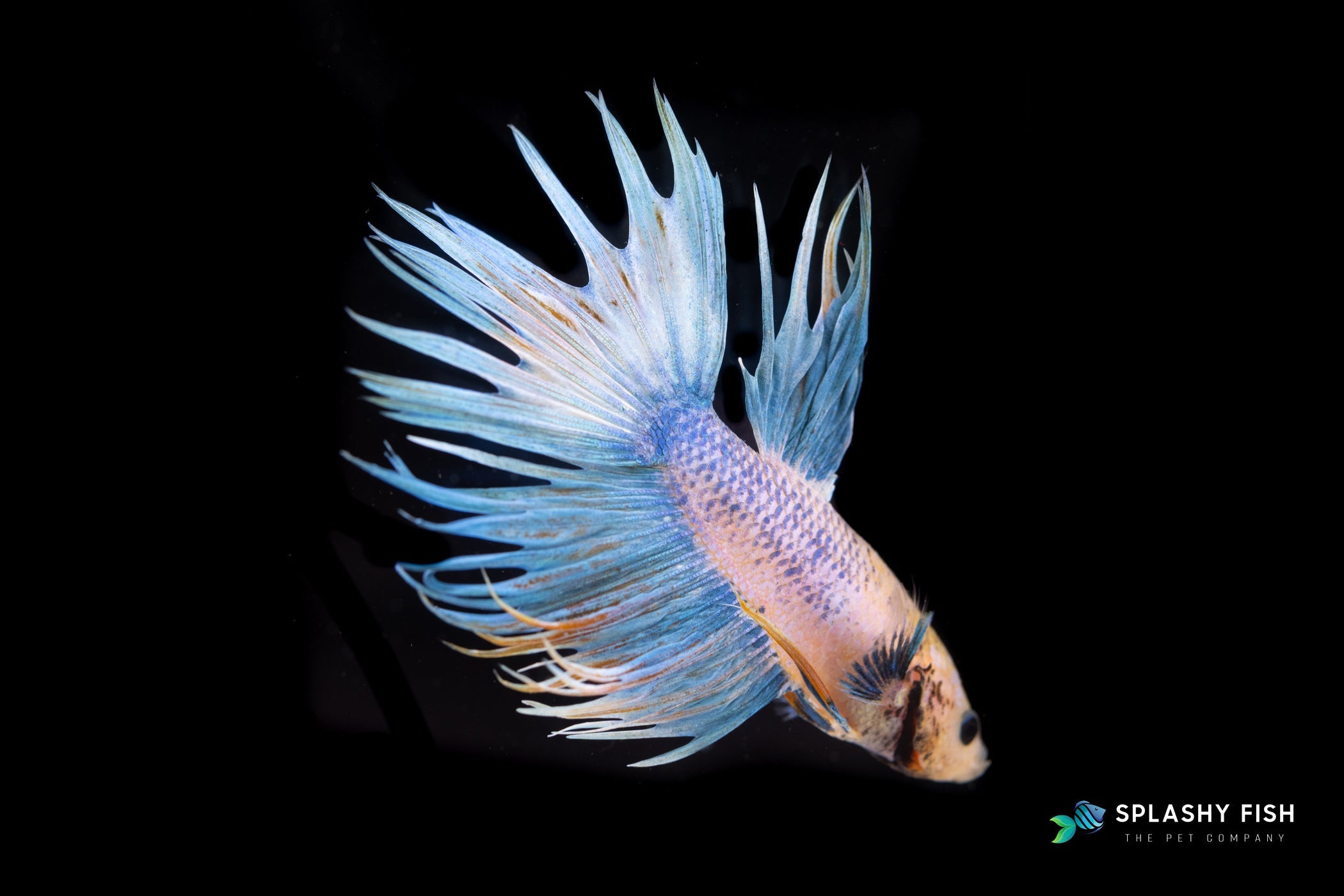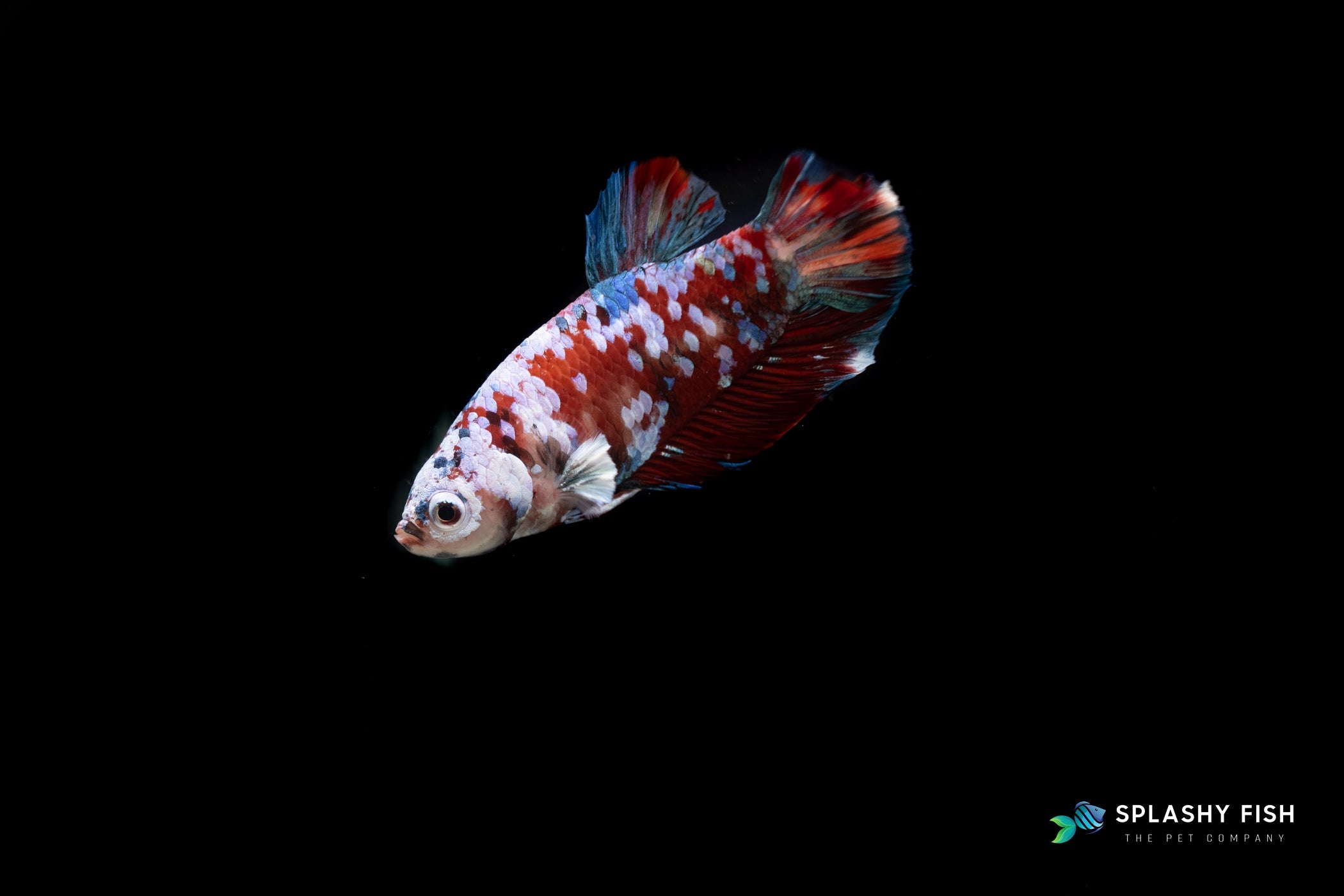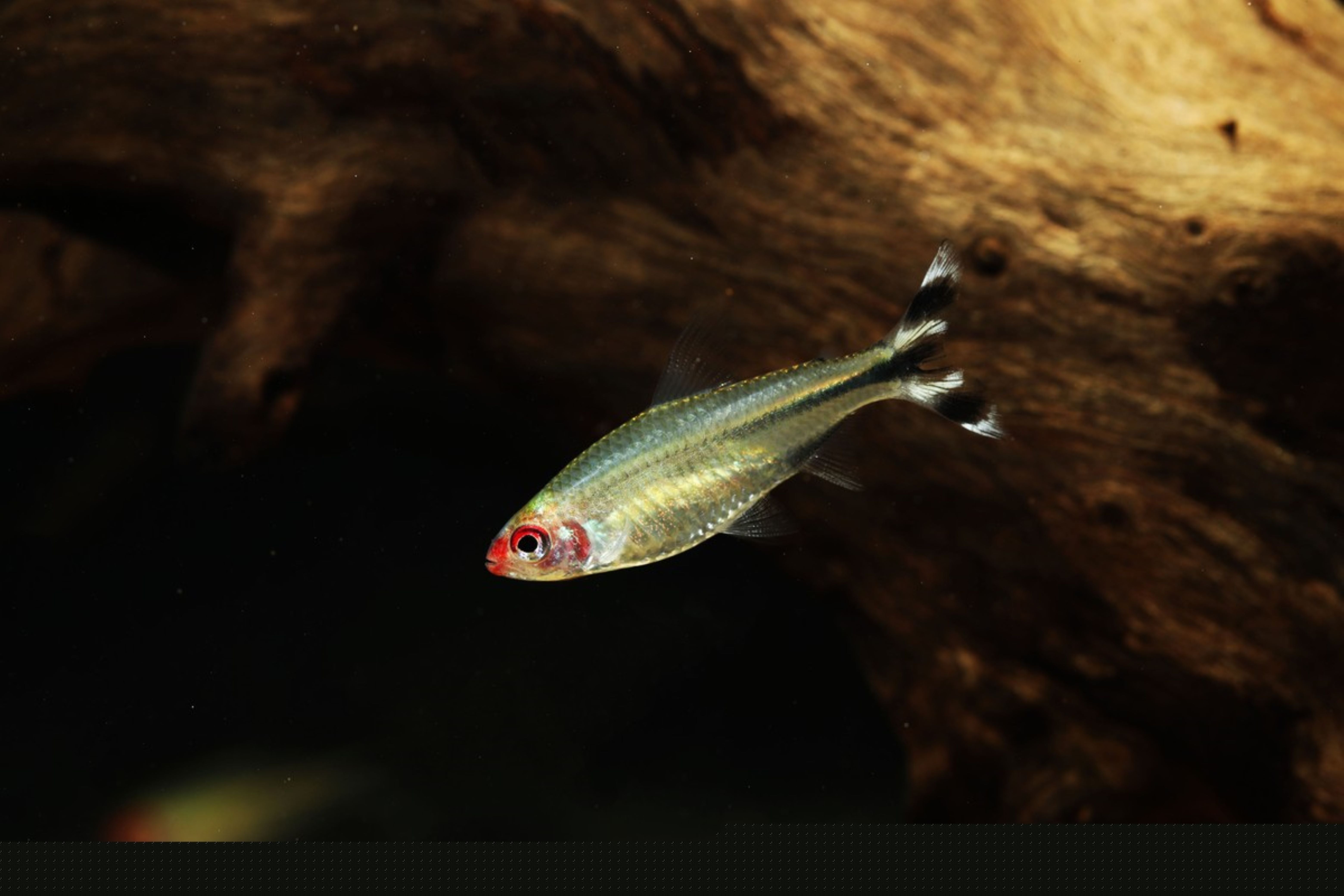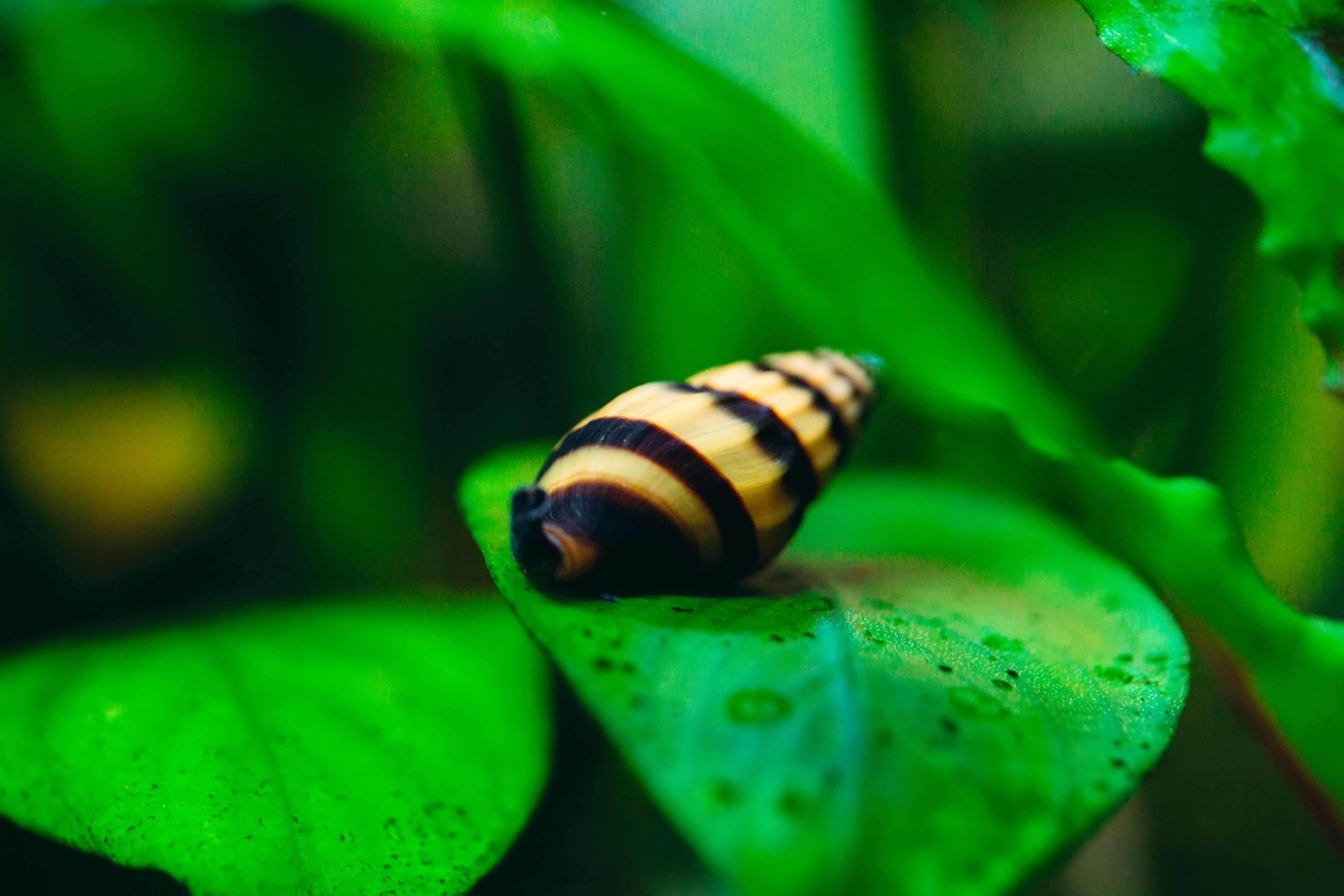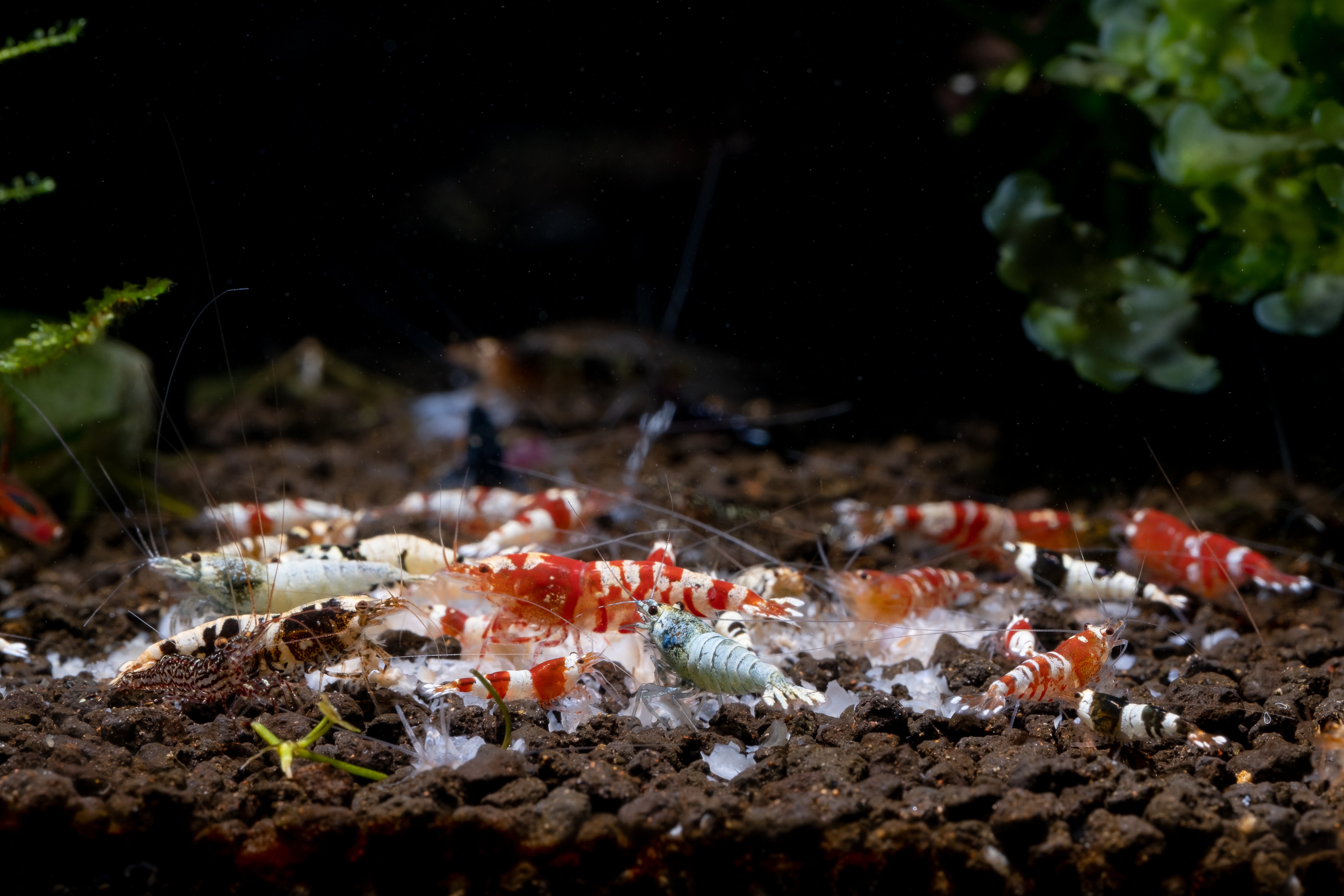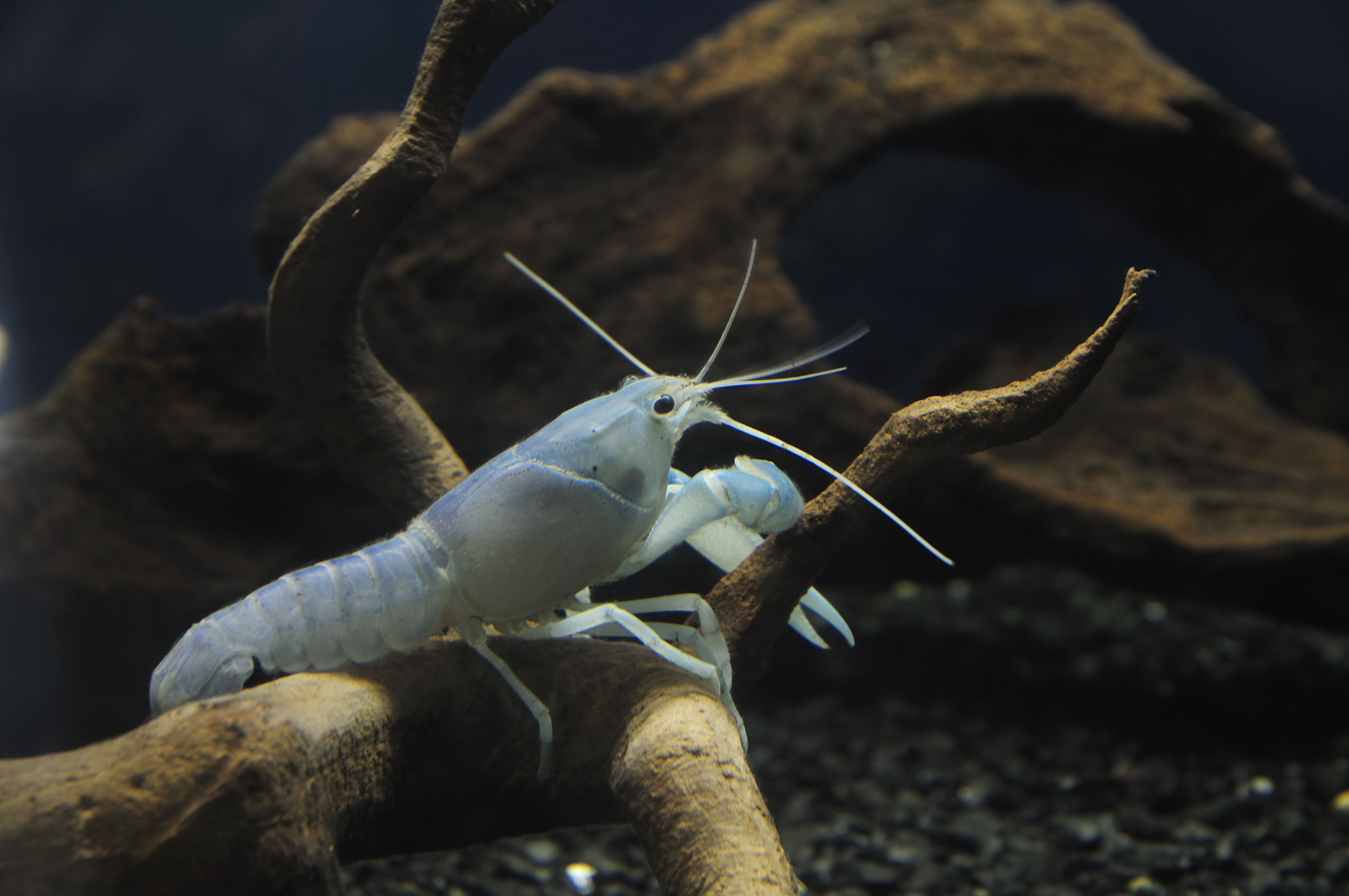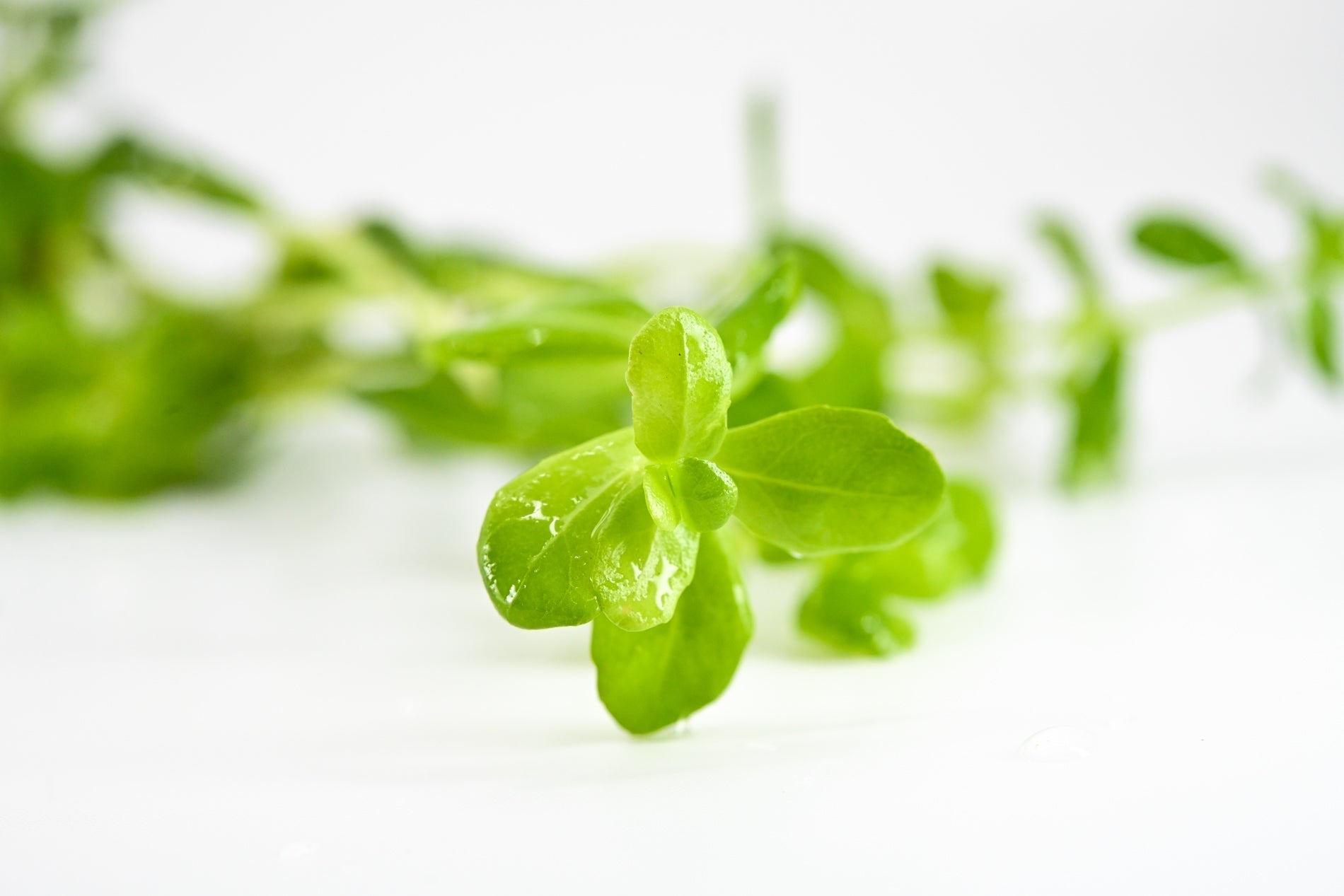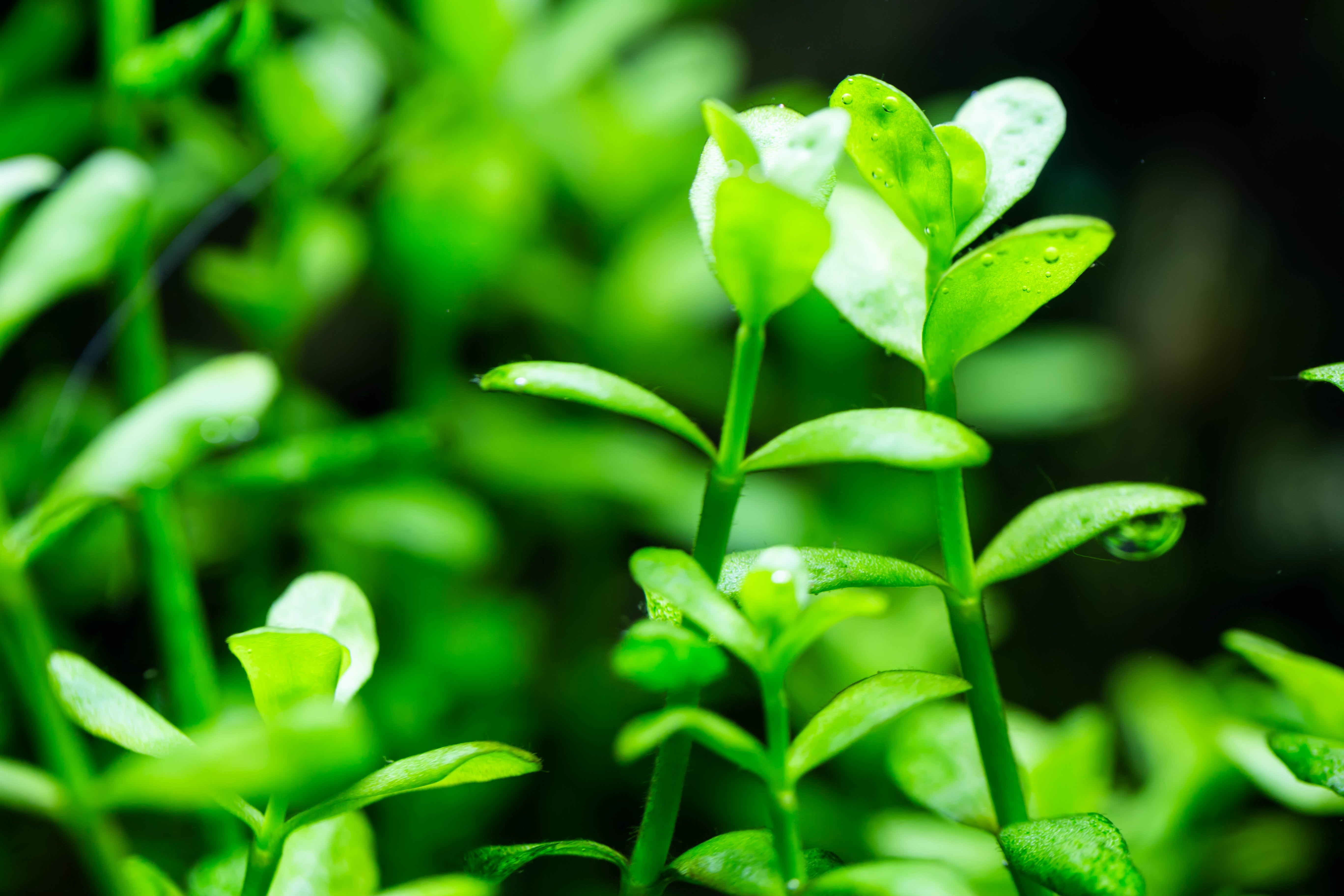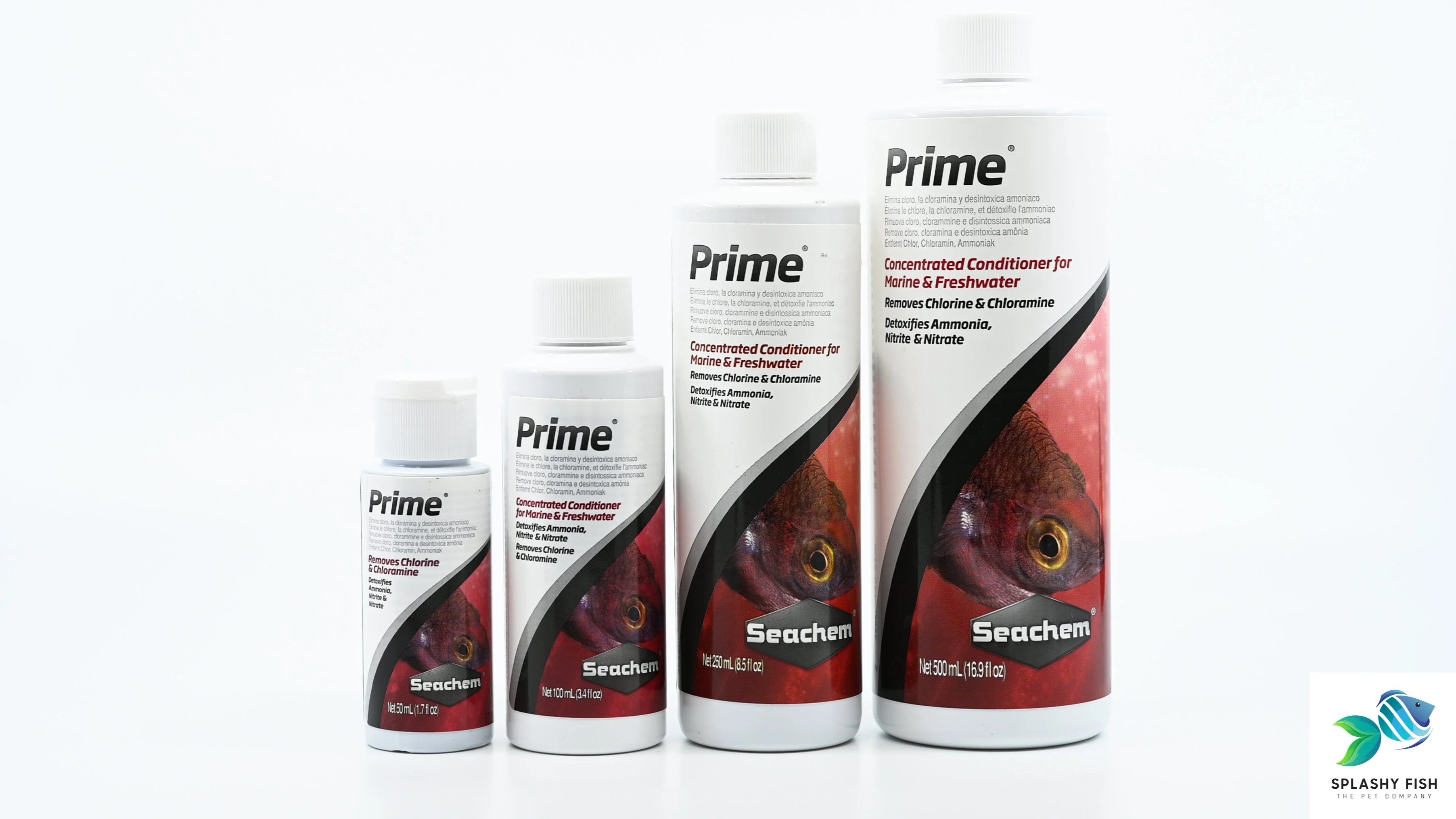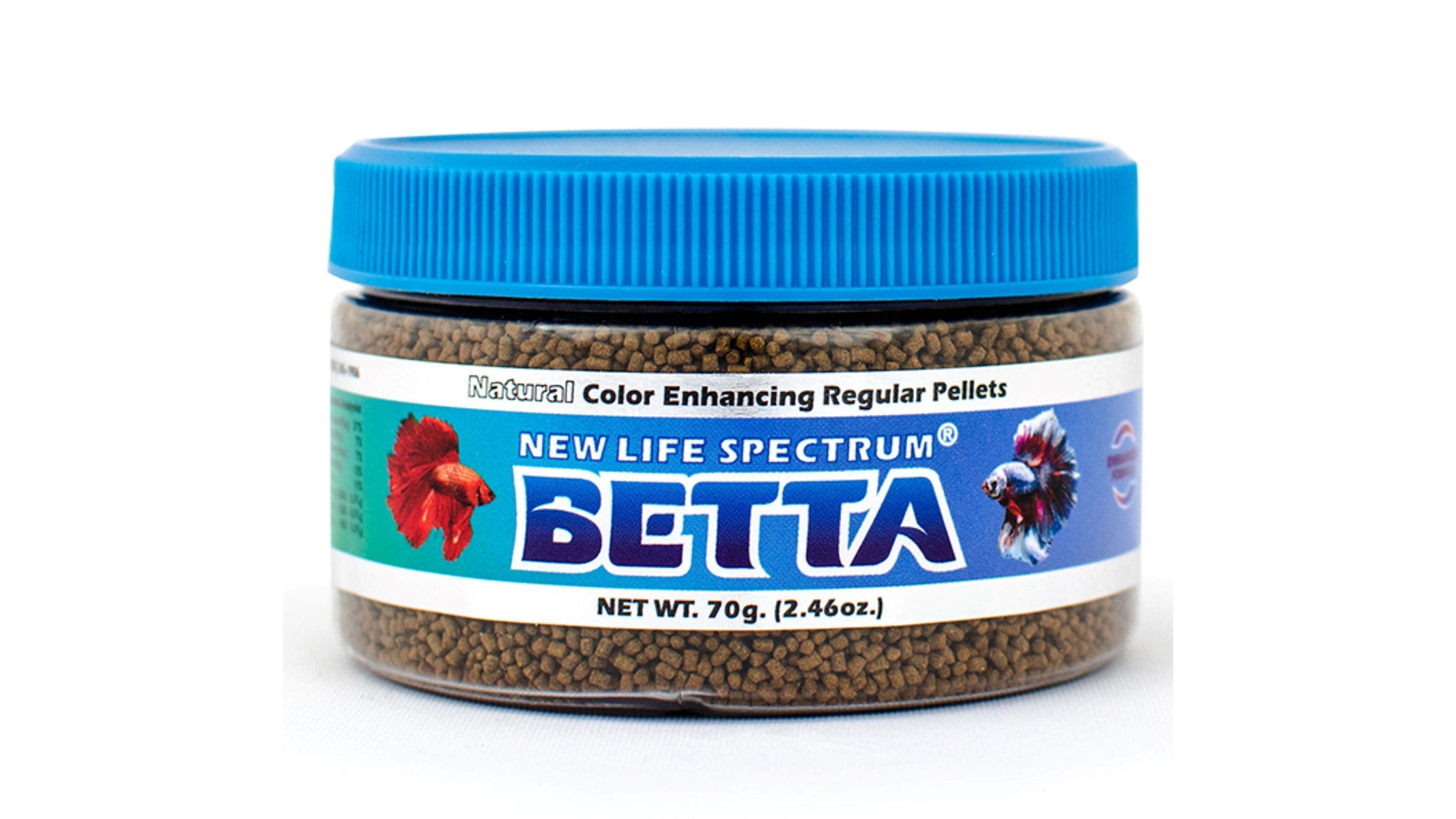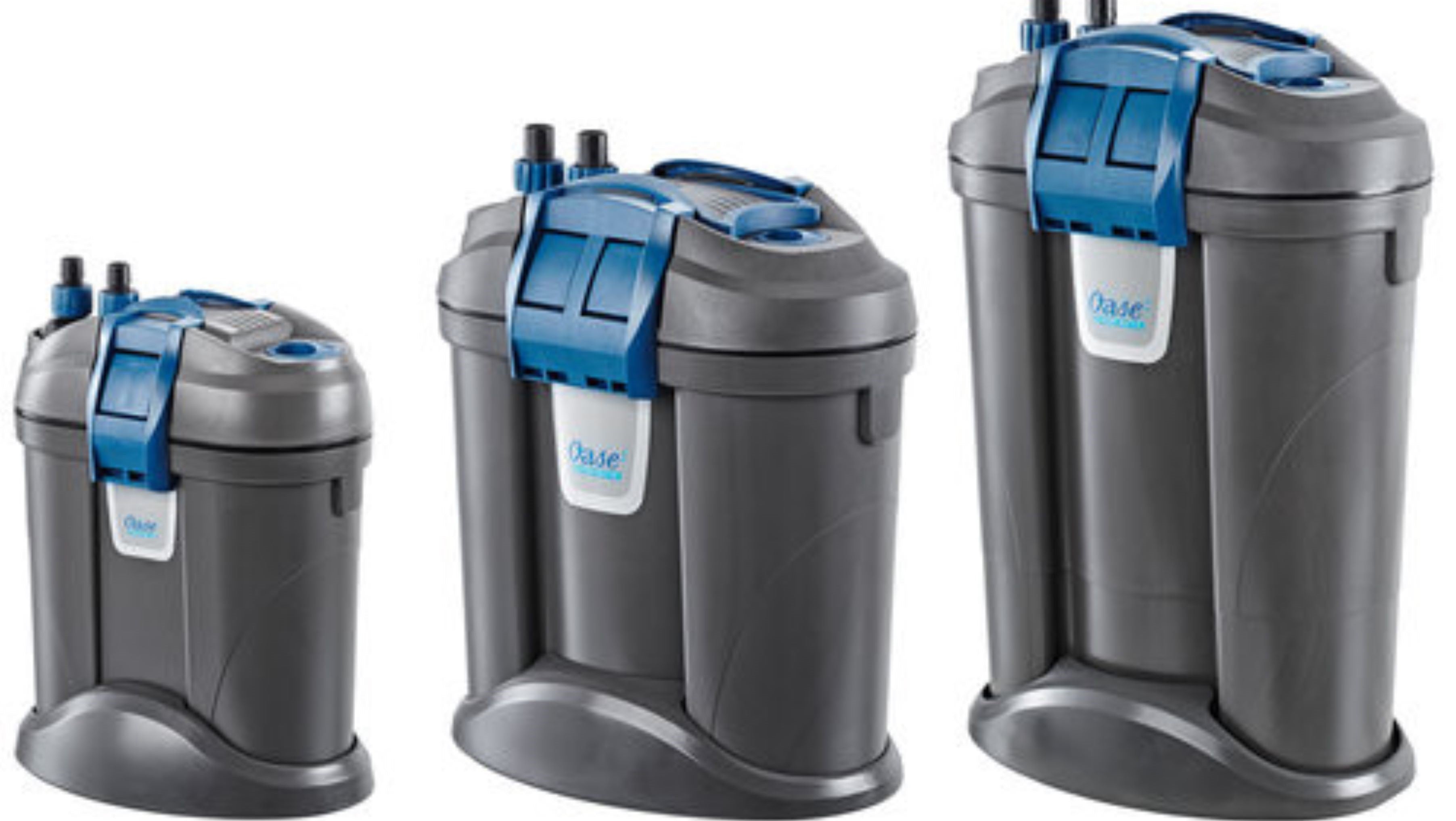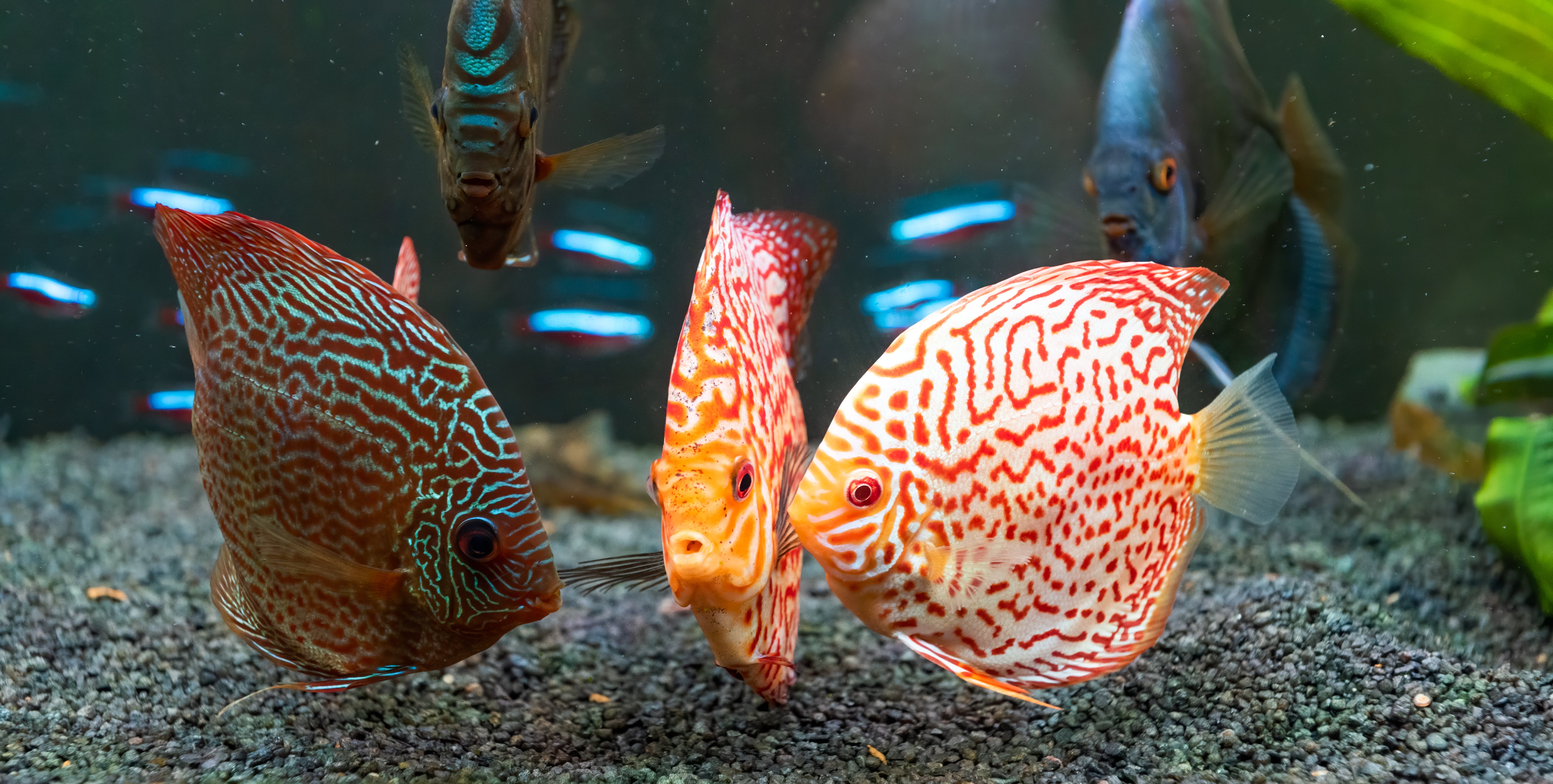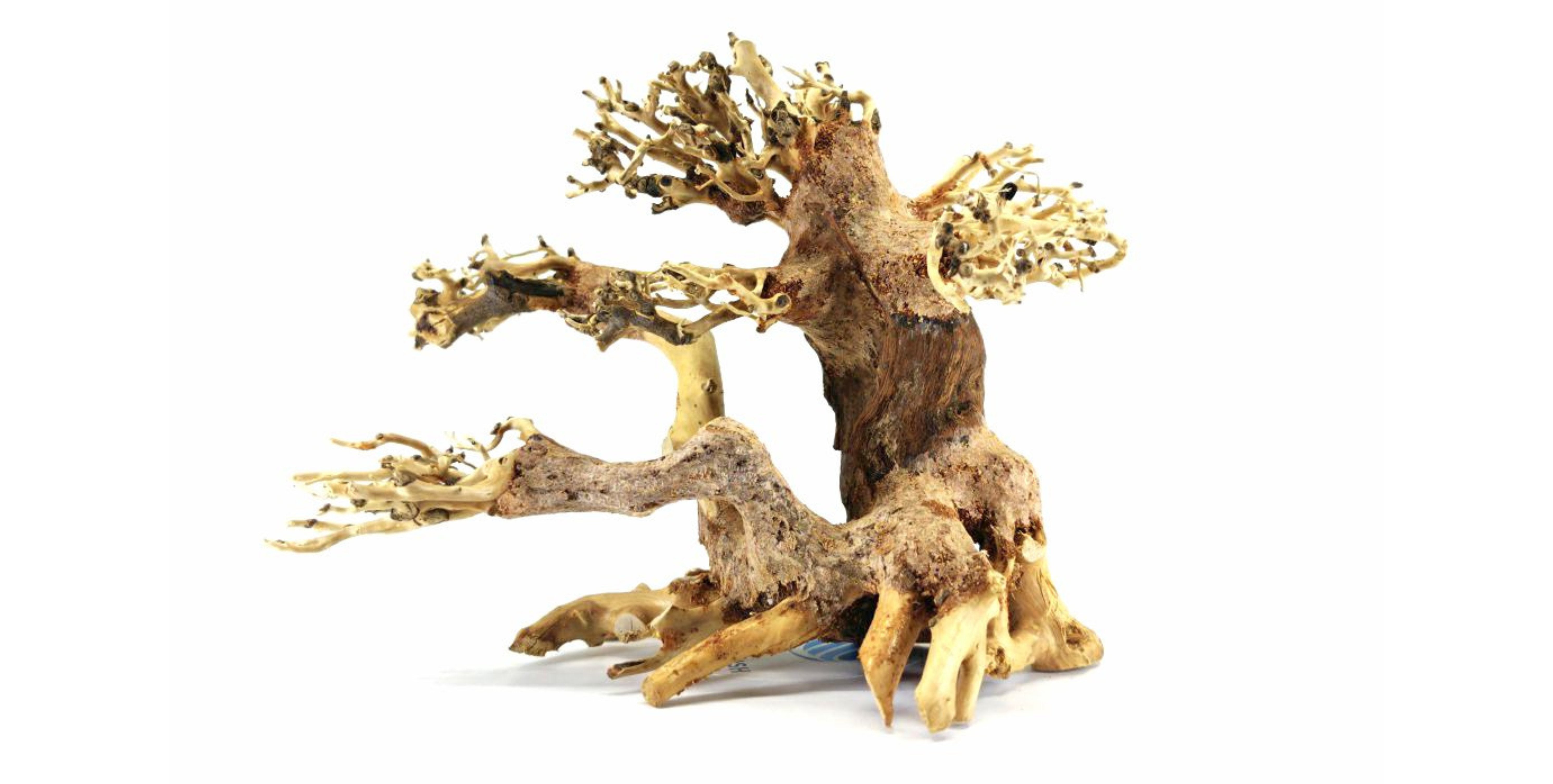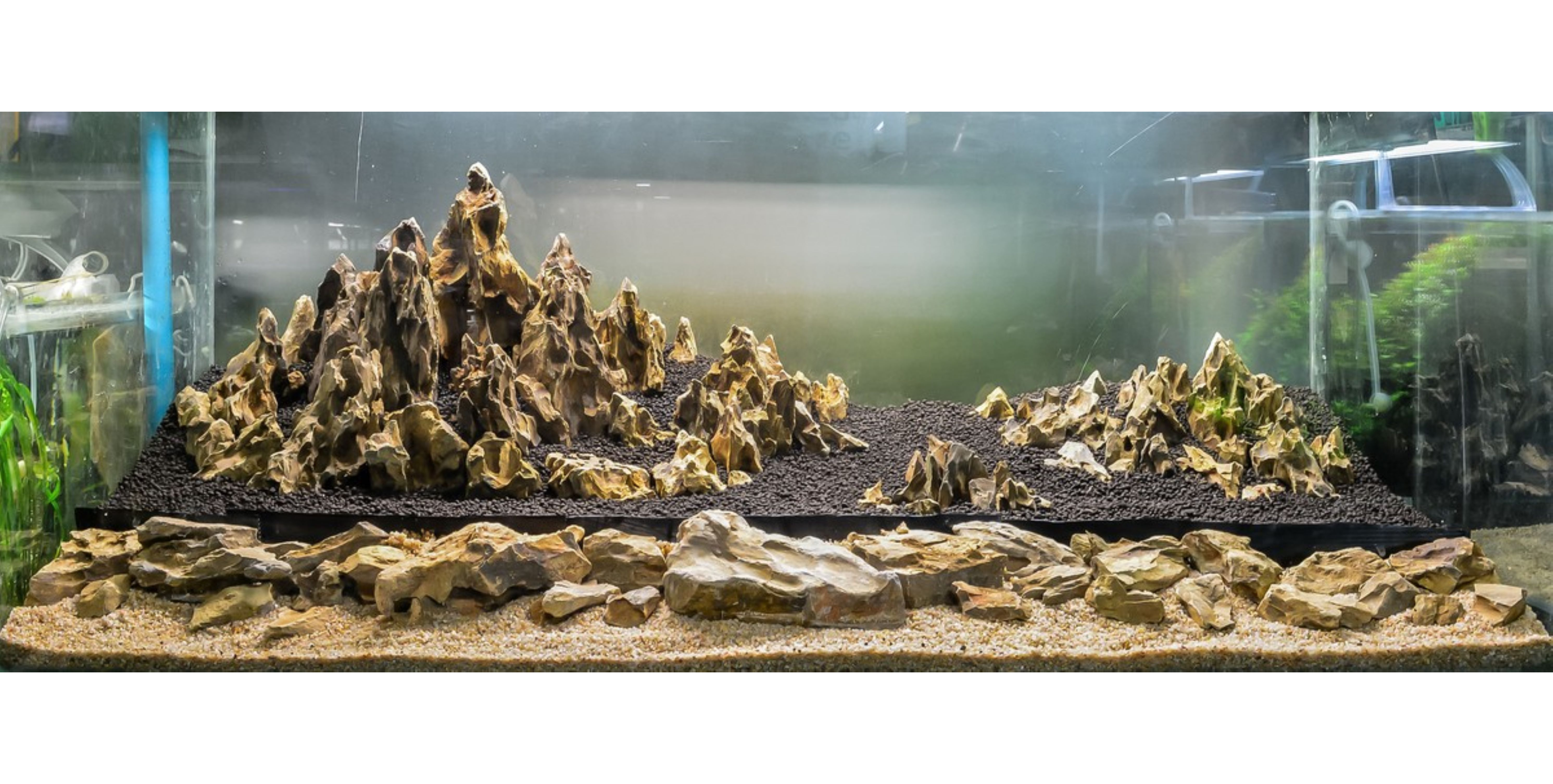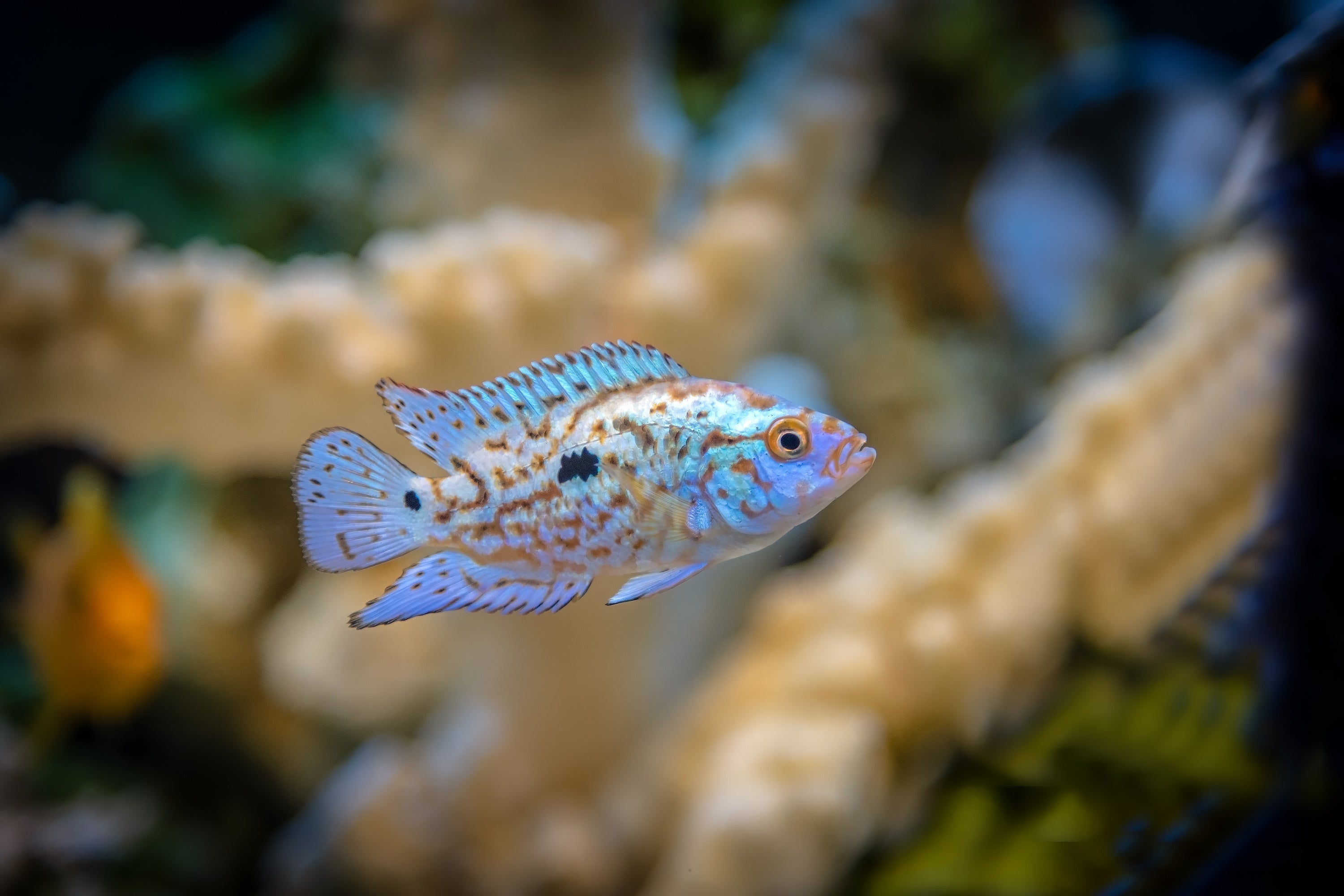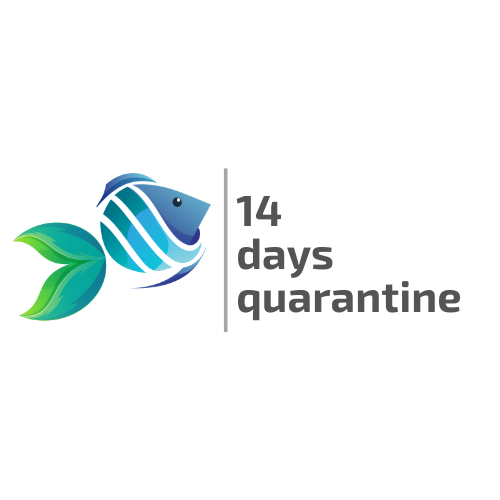Table of Contents
Peacock Cichlids (Aulonocara spp.) are among the most vibrant and active freshwater fish, making them a favorite among aquarium enthusiasts. However, finding the right Peacock cichlid tank mates can be challenging due to their semi-aggressive nature. Selecting the best Peacock fish tank mates requires careful consideration of temperament, water parameters, and tank size. In this guide, we'll explore the top 10 tank mates for Peacock Cichlids to ensure a peaceful and thriving aquarium environment.
Understanding Peacock Cichlid Behavior
Before choosing Peacock tank mates, it's essential to understand their temperament. Peacock Cichlids are:
- Semi-aggressive, particularly during breeding seasons
- Territorial, requiring plenty of space and hiding spots
- Best kept in tanks of at least 55 gallons to reduce aggression
- Compatible with fish that match their water parameters (pH 7.5-8.5, temperature 75-82°F)
See more details on How to Care for Peacock Cichlid Fish here.

Factors to Consider When Choosing Tank Mates for Peacock Cichlids
To ensure a harmonious aquarium, consider the following factors when selecting tank mates for Peacock Cichlids:
Temperament
Peacock cichlid fish are semi-aggressive, so it's essential to choose freshwater fish with a peaceful or semi-aggressive nature. Avoid overly aggressive species that may bully or stress Peacock Cichlids, as well as overly passive fish that may become targets of aggression.
Size Compatibility
Peacock Cichlids range from 4 to 6 inches in size, so tank mates should be similar in size to prevent predation or excessive dominance. Avoid tropical fish that are too small, as they may become food, or fish that are too large and might intimidate the Peacocks.
Water Parameters
These Cichlids thrive in hard, alkaline water (pH 7.5-8.5, temperature 75-82°F), so tank mates must be able to tolerate similar conditions. Species that require drastically different water chemistry will struggle to survive and may develop stress-related diseases.
Activity Level
Choosing fish with similar energy levels is crucial. Fast-moving fish can help distribute aggression by keeping Peacock Cichlids engaged, while sluggish fish may become easy targets for bullying. Having active fish also adds movement and balance to the aquarium environment.
Dietary Needs
Peacock Cichlids are omnivorous and prefer a diet of high-quality pellets, protein-rich fish foods, and occasional vegetable matter. Tank mates should have similar dietary requirements to prevent food competition and ensure all species receive proper nutrition. Avoid species with specialized diets that might require different feeding strategies.
Tank Space
Peacock Cichlids require plenty of swimming space, and overcrowding can lead to stress and aggression. A minimum of 75 gallons is recommended for a mixed community, with larger tanks being ideal. Providing enough space allows different species to establish their own territories and reduces aggression.
Habitat Preference
Selecting fish that occupy different areas of the tank creates a more balanced ecosystem. For example, Peacock Cichlids primarily inhabit the mid-level, so bottom-dwelling species like Plecos and Catfish can help utilize the lower levels while surface-dwelling fish like Rainbowfish occupy the top layer. This division of space helps minimize competition and territorial disputes.
With these factors in mind, let's explore the best tank mates for Peacock Cichlids.

Top 10 Best Peacock Cichlid Tank Mates
1. Other Peacock Cichlids
Keeping different species of Peacock Cichlids together works well, as they share similar behavior and water conditions. However, ensure a balanced male-to-female ratio to minimize aggression. A group of one male to multiple females is ideal for reducing fights between males. Mixing different color variants also enhances the tank's aesthetic appeal.
2. Yellow Lab Cichlid (Labidochromis caeruleus)
Yellow Labs are peaceful Mbuna cichlids that coexist well with Peacocks due to their similar size and temperament. Their bright yellow coloration also creates a visually striking contrast. Unlike most Mbuna, they are not overly aggressive, making them one of the best Peacock fish tank mates. They prefer rocky setups with plenty of hiding spots to establish territories.
3. Electric Blue Hap (Sciaenochromis fryeri)
The Electric Blue Hap is a non-Mbuna cichlid with a temperament compatible with Peacocks. They are slightly larger but generally non-aggressive, making them great companions. Their electric blue coloration adds a stunning aesthetic to the tank. They prefer open swimming areas and should be kept with other semi-aggressive fish to prevent being bullied.
4. Synodontis Catfish
Synodontis catfish are excellent bottom dwellers that keep the substrate clean while avoiding conflicts with Peacock Cichlids. They are hardy and can tolerate similar water conditions. Their nocturnal nature means they stay out of the way of cichlids during the day. Species like Synodontis multipunctatus and Synodontis petricola are especially well-suited for cichlid tanks.
5. Clown Loaches (Chromobotia macracanthus)
Clown Loaches are peaceful, active bottom-dwellers that help control snail populations. They thrive in similar water parameters and add movement to the lower levels of the tank. Since these Loach fish prefer to be in groups, keeping at least three to five is recommended. Due to their large adult size (up to 12 inches), they require a spacious tank (at least 100 gallons).
6. Bristlenose Pleco (Ancistrus sp.)
Bristlenose plecos are small, algae-eating catfish that make great Peacock tank mates. They stay out of the way and help keep the tank clean. Their armored bodies make them resistant to occasional cichlid aggression. Unlike common Plecos, Bristlenose Plecos stay smaller (4-5 inches), making them more suitable for mid-sized aquariums.
7. Red Empress Cichlid (Protomelas taeniolatus)
This species is another non-Mbuna cichlid that complements Peacocks well. Their vibrant coloration and calm nature make them ideal Peacock fish tank mates. They are relatively peaceful and help balance the aggression levels in the tank. Males develop brilliant red and orange hues, adding diversity to the aquarium's color palette.
8. Rainbowfish (Melanotaenia spp.)
Rainbowfish are fast swimmers that stay in the upper water column, reducing competition with Peacock Cichlids. Their iridescent colors enhance the tank's overall appearance, and their schooling behavior provides a dynamic display. Species like Boesemani and Turquoise Rainbowfish are particularly suitable due to their size and resilience.
9. Giant Danios (Devario aequipinnatus)
Giant danios are hardy, fast-moving fish that can handle the semi-aggressive nature of cichlids. Their schooling behavior and high activity levels make them great dither fish, helping reduce aggression among cichlids by keeping them distracted. They are best kept in groups of six or more to maximize their effectiveness as dither fish.
10. Acei Cichlid (Pseudotropheus acei)
Acei cichlids are among the more peaceful Mbuna species, making them compatible tank mates for Peacock Cichlids. Their bright blue coloration adds variety to the tank, and their schooling behavior reduces aggression by dispersing Peacock cichlid territorial disputes. They prefer rocky environments and are known to be less territorial than other Mbuna cichlids.
Tips for Keeping a Peaceful Peacock Cichlid Tank
- Provide ample space: A minimum 75-gallon tank is ideal for mixed cichlid communities.
- Use rock formations and hiding spots: This helps reduce territorial disputes by giving fish places to establish territories.
- Maintain proper water parameters: Keeping stable pH and temperature ensures a stress-free environment.
- Avoid overly aggressive species: Avoid Mbuna cichlids known for extreme aggression, such as Red Zebras and Auratus cichlids.
- Monitor aggression levels: If aggression becomes an issue, rearrange decorations or adjust stocking levels to break territorial habits.
Conclusion
Choosing the best Peacock cichlid tank mates is crucial for maintaining a harmonious aquarium. By selecting compatible species like Yellow Labs, Electric Blue Haps, and Synodontis catfish, you can create a vibrant and balanced cichlid community. Always ensure proper tank size, hiding spots, and water conditions to keep your Peacock fish tank mates stress-free and thriving. At Splashy Fish tropical fish store, we offer both Peacock Cichlid for sale and other mentioned freshwater fish for sale at high-quality and affordable prices. Visit us to buy them online or at aquarium store in Virginia for other freshwater shrimp for sale, aquarium plants for sale, and aquarium supplies.
Peacock Cichlid Tank Mates Frequently Asked Questions (FAQs)
1. What fish should not be kept with Peacock Cichlids?
Peacock Cichlids should not be kept with small, delicate fish that can easily become prey, such as Neon Tetras, Guppies, and shrimp such as Yellow goldenback shrimp. Additionally, highly aggressive cichlids like Jaguar Cichlids, Red Devils, and Flowerhorns are not suitable, as they may stress or injure your Peacocks. Avoid slow-moving, long-finned fish like Angelfish and Discus, as they may get harassed.
2. Can I keep Peacock Cichlids with angelfish?
No, keeping Peacock Cichlids with Angelfish is not recommended. Peacock Cichlids are active, fast swimmers with semi-aggressive temperaments, while angelfish are more peaceful and slower-moving. This difference in behavior can lead to stress, aggression, and potential fin-nipping. If you want a peaceful tank setup, it's better to choose tank mates that match the temperament of either species.
3. Can tetra fish live with Peacock Cichlids?
Most Tetra species, especially small ones like Neon tetras and Cardinal tetras, are not good tank mates for Peacock Cichlids. Peacocks are opportunistic feeders and may see small tetras as food. However, larger and more robust Tetras, such as Congo tetras and Buenos Aires tetras, can sometimes coexist with Peacocks if the tank is large enough and provides plenty of hiding spots.


